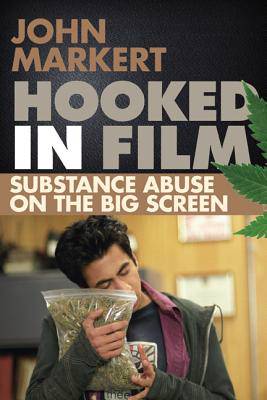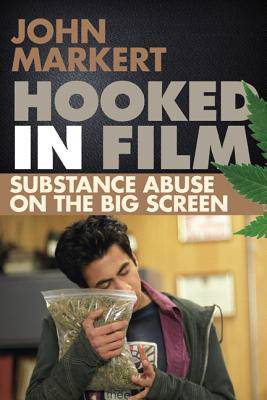
Door een staking bij bpost kan je online bestelling op dit moment iets langer onderweg zijn dan voorzien. Dringend iets nodig? Onze winkels ontvangen jou met open armen!
- Afhalen na 1 uur in een winkel met voorraad
- Gratis thuislevering in België vanaf € 30
- Ruim aanbod met 7 miljoen producten
Door een staking bij bpost kan je online bestelling op dit moment iets langer onderweg zijn dan voorzien. Dringend iets nodig? Onze winkels ontvangen jou met open armen!
- Afhalen na 1 uur in een winkel met voorraad
- Gratis thuislevering in België vanaf € 30
- Ruim aanbod met 7 miljoen producten
Zoeken
€ 242,95
+ 485 punten
Omschrijving
In Hooked in Film, John Markerttakes a close look at the correlation between social policies and the public view of drugs and their portrayals in film. In this volume, Markert examines the changing social attitudes toward illegal drugs and their cinematic depictions from as early as the 1894 film Chinese Opium Den to the present. Tracking hundreds of films spanning more than a century, Hooked in Film looks at camp classics like Reefer Madness, comedies such as Cheech and Chong's Up in Smoke, Dazed and Confused, and Pineapple Express, and dramas, including Panic in Needle Park and Requiem for a Dream. Scholars and students of cinema, popular culture, media studies, and sociology will find this book a valuable examination of how cinematic portrayals of drugs have changed over time, and how those images have influenced public perception of drugs and even public policy.
Specificaties
Betrokkenen
- Auteur(s):
- Uitgeverij:
Inhoud
- Aantal bladzijden:
- 392
- Taal:
- Engels
Eigenschappen
- Productcode (EAN):
- 9780810891302
- Verschijningsdatum:
- 23/05/2013
- Uitvoering:
- Hardcover
- Formaat:
- Genaaid
- Afmetingen:
- 155 mm x 231 mm
- Gewicht:
- 703 g

Alleen bij Standaard Boekhandel
+ 485 punten op je klantenkaart van Standaard Boekhandel
Beoordelingen
We publiceren alleen reviews die voldoen aan de voorwaarden voor reviews. Bekijk onze voorwaarden voor reviews.











